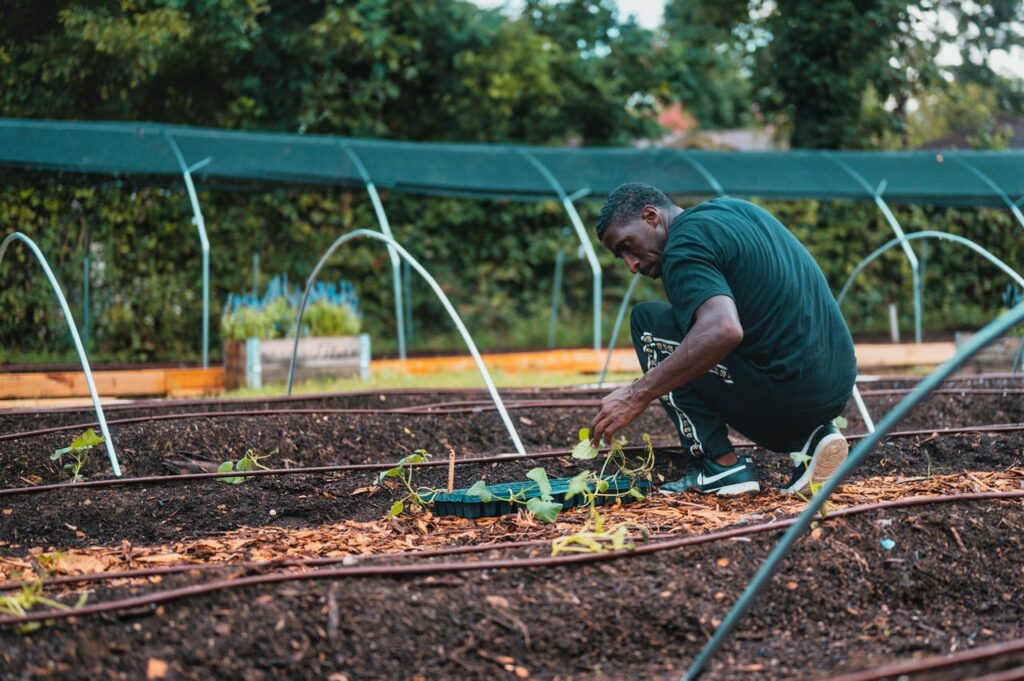One of the great fears of the agricultural and wine sector is that most of the production or crops will be destroyed by a plague. This sector has fought throughout its life to keep its crops protected since time immemorial. However, and during different times of humanity, it has not been known how to fight against these natural disasters. As a consequence, the greatest famines that we know to this day occurred. Fortunately, today we have numerous pest detection and cleaning systems. This provides plenty of advice on what to do if you have an infestation and how to mitigate it.
Different pests for different types of crops
Not all crops are the same and therefore not all pests or pathologies are identical. For example, horticulturists and wine growers deal with different insects and animals, such as voles, thrips, fungi, etc. However, viral plagues usually affect both crops in the same way, infecting them one by one without the latter being directly affected by the insect. On the other hand, mammalian animals such as voles do not usually infect crops, but their action is completely direct (being rodents, they will bite plants and their fruits).
These differences should be taken into account when you ask yourself what to do if you have a plague like these.
Steps to Identify and Mitigate a Pest

Pests of viral, fungal and insect origin
Insects are the largest carriers of disease on a large scale. In addition, these are not limited to attacking vineyards but decide to feed on another type of crop to infect it later. All this makes viral pests a real risk for your healthy and infected plantations. Why? Because the virus has been able to reproduce until it reaches the plants surrounding the diseased crop and infects them - only that they still do not seem to show signs of infection.
There are several diseases that can affect your harvest that you must take into account:
- thrips are a large group of invasive insects that feed on plant cells. Through their sting, they suck up all the nutrients and sediments from the plant's leaves, obstructing their circulation and, consequently, leaving the plant dry and yellowish. In addition, they can pass on viral diseases very quickly during breeding season.
- The botrytis cinerea It is a neurotrophic fungus that helps the natural life cycle. However, when its use is extended to totally healthy crops, it involves quite unnecessary and devastating damage to production. One of the symptoms of the infection is the grayish coating of fruits and plants. If this plague is not put an end to, much of the crops will inevitably rot.
Pests of rodent origin and direct damage
Direct damage is much less dangerous than the indirect damage that viruses, bacteria and fungi can cause. However, the fact that it is less dangerous does not mean that your plantation will be saved if one does not act correctly. For this reason, we must take into account the damage caused by numerous rodents and voracious insects that locate our crops and decide to feed on them.
- On one side, the mouses more annoying are usually the voles of the field. These have characteristics of a mouse or rat and are very easy to spot. The signs of having a pest of this type are very simple: find plants with bites on the bottom; burrows aligned and covered, normally, by mounds of earth or vegetation.
- Much of the invasive pests of mosquitoes They usually develop in the same way: by feeding on plant cells, they obstruct their circulation and die. Later, there may also be signs of bites or small openings in leaves and fruit. In fact, there are many insects that parasitize the vine from within its fruit, feed and reproduce, and repeat the same step.
Pest prevention and mitigation
In the first place, the defense of your crops involves knowing: the species of plants you cultivate; the time of year you are in and its temperatures (which may or may not be appropriate depending on which pests); the location of your crop and whether it is susceptible to attack; constant monitoring of your plants and fruits and their condition (taking into account the time of year and geography); preventive disinfection with biocides.
Then, in the event that you have detected a pest, it is important that you contact professionals in pest control and biosecurity as soon as possible.
